MERCHANDISING AND TRAINING
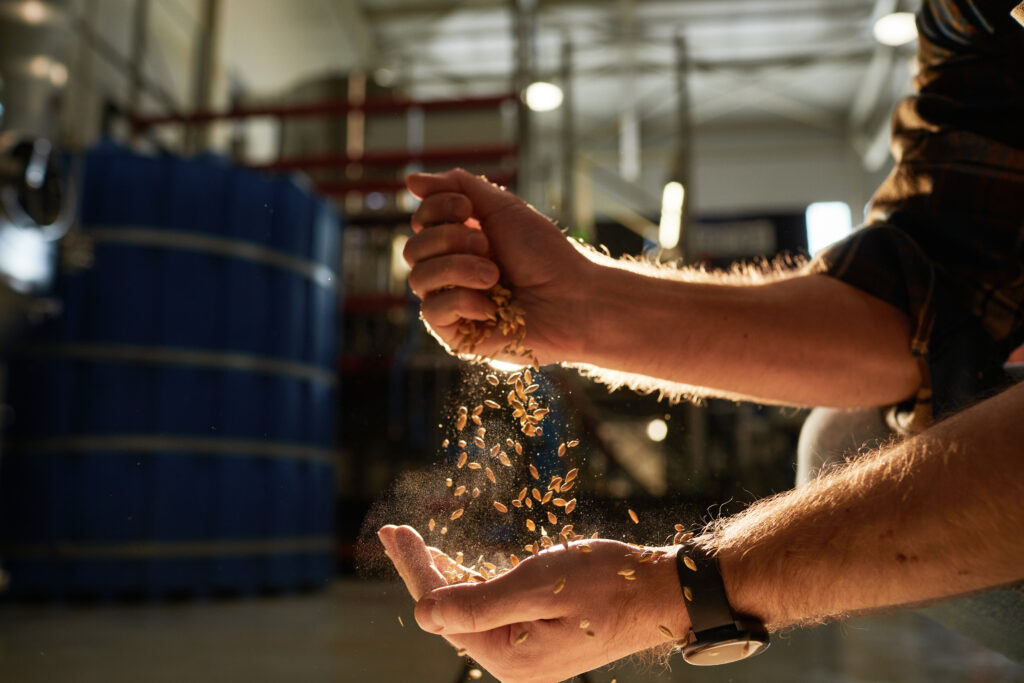
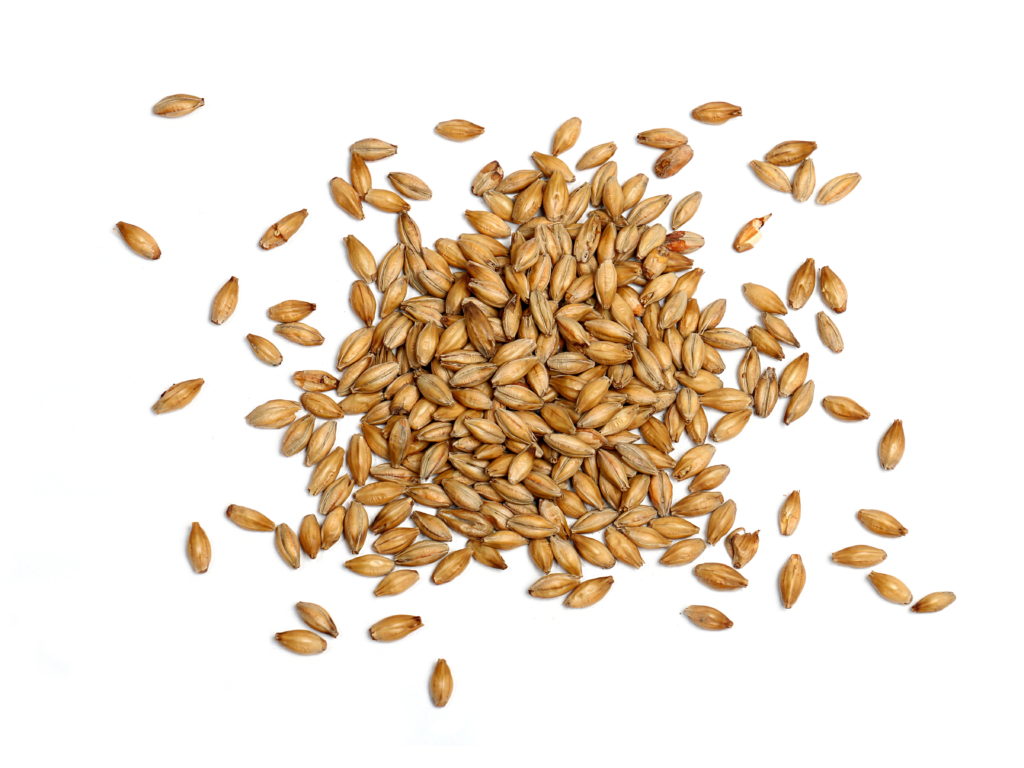
Beer Term Basics
MALT
Barley is the preferred grain for beer. But the starch in a grain of barley isn’t ready to be fermented into alcohol, so the barley is generally converted into malted barley, or “malt.” The process of malting involves soaking the barley, allowing it to germinate and then stopping germination with heat.
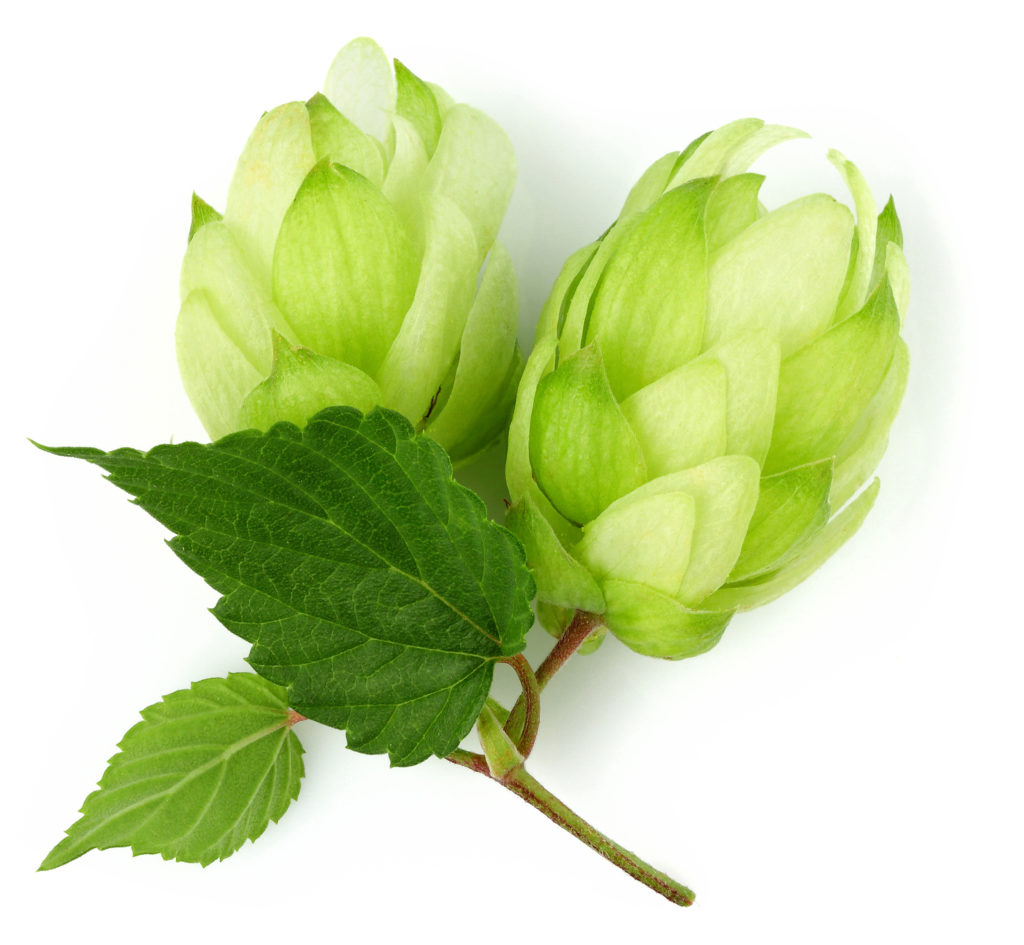
HOPS
Hops are the spice of beer. They provide bitterness to balance the sweetness of the malt, as well as flavors and aromas ranging from citrus and pine to earthy and spicy.
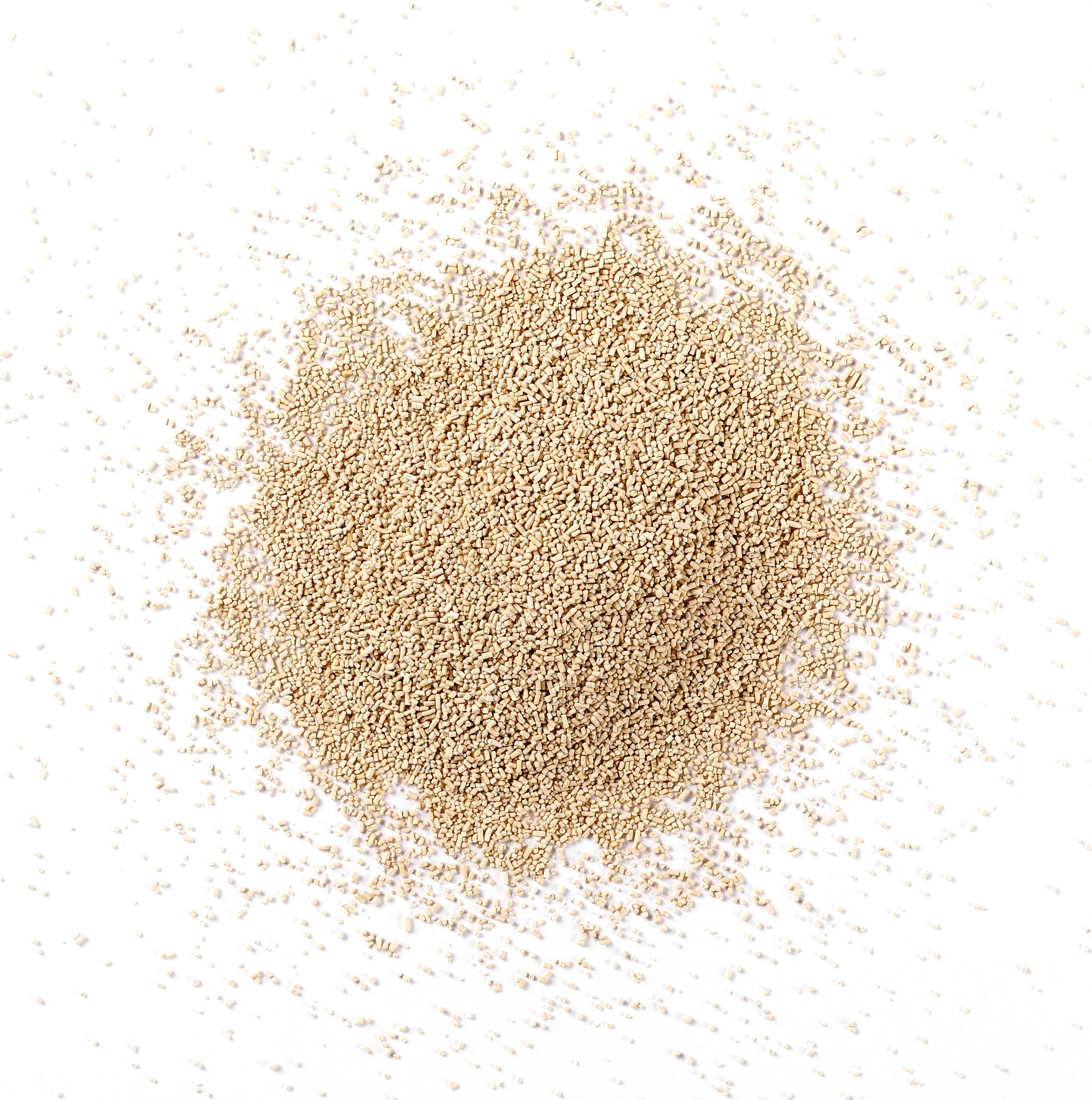
YEAST
Yeast is the microorganism that is responsible for fermentation in beer. Yeast metabolizes the sugars extracted from grains, which produces alcohol and carbon dioxide, and thereby turns wort into beer. In addition to fermenting the beer, yeast influences the character and flavor.
ABV – ALCOHOL BY VOLUME
Alcohol by volume, or ABV, is used to measure (by percentage) the alcohol content of a liquid. Beers typically fall in the 3.0 to 13.0 percent ABV range, with the majority being 4.0 to 7.0 percent ABV.
IBU – INTERNATIONAL BITTERNESS UNIT
The standard used by brewers to indicate the bitterness level of a beer. A Pils which has 30 to 40 IBU units, will have the same level of bitterness as an English Ale that is indicated with the same IBU rating.
Beer Style Descriptions
IPA (India Pale Ale)
Characterized by floral, fruity, citrus-like, piney or resinous American-variety hop character, this style is all about hop flavor, aroma and bitterness. This has been the most-entered category at the Great American Beer Festival for more than a decade, and is the top-selling craft beer style in supermarkets and liquor stores across the U.S.
IBU: 40 – 70 ABV: 6.3% – 7.5%
Example(s): Goose Island IPA, Lagunitas IPA
Belgian White
Belgian-style wits are brewed using unmalted wheat, sometimes oats and malted barley. Witbiers are spiced with coriander and orange peel, a style that dates back hundreds of years. This style is currently enjoying a renaissance, especially in the American market. “Wit” means “white.”
IBU: 10 – 17 ABV: 4.8 – 5.6%
Example: Blue Moon Belgian White
Pale Ale
An American interpretation of a classic English style. Characterized by floral, fruity, citrus-like, piney, resinous, or sulfur-like American-variety hop character, producing medium to medium-high hop bitterness, flavor and aroma. American-style pale ales have medium body and low to medium maltiness that may include low caramel malt character.
IBU: 30 – 50 ABV: 4.5% – 5.4%
Example: Sierra Nevada Pale Ale
Golden Ale
One of the most approachable styles, a golden or blonde ale is an easy-drinking beer that is visually appealing and has no particularly dominating malt or hop characteristics. Rounded and smooth, it is an American classic known for its simplicity. Sometimes referred to as “golden ale.” These beers can have honey, spices or fruit added and may be fermented with lager or ale yeast.
IBU: 15 – 25 ABV: 4.1% – 5.1%
Example: Kona Brewing Co. Big Wave
Vienna Style Lager
Ranges from copper to reddish brown in color. The beer is characterized by malty aroma and slight malt sweetness. The malt aroma and flavor should have a notable degree of toasted and/or slightly roasted malt character. Hop bitterness is low to medium-low.
IBU: 22 – 28 ABV: 4.5% – 5.5%
Example: Samuel Adams Boston Lager
Belgium Pilsner
Bohemian-style pilsners have a slightly sweet and evident malt character and a toasted, biscuit-like, bready malt character. Hop bitterness is perceived as medium with a low to medium-low level of noble-type hop aroma and flavor. This style originated in 1842, with “pilsener” originally indicating an appellation in the Czech Republic. Classic examples of this style used to be conditioned in wooden tanks and had a less sharp hop bitterness despite the similar IBU ranges to a German-style pilsner.
IBU: 30 – 40 ABV: 4.1% – 5.1%
Example: Stella Artois
Cider
An alcoholic beverage made from the fermented juice of apples. The juice of any variety of apple can be used to make cider, but cider apples are best. The addition of sugar or extra fruit before a second fermentation increases the alcoholic content of the resulting beverage.
IBU: 0 ABV: 1.2% – 12.0%
Example: Angry Orchard Hard Cider
Bar Service Items Best Practices
- All bar coolers should be operating from 34°F – 38°F.
- Routine cleaning of the door gaskets and vent and/or filter are necessary.
- Items must be covered, labeled, dated and rotated FIFO (“First In, First Out”).
- Each shelf should be neat, clean and organized; all products are in guest sight lines, so items are stored with a place and purpose.
Package Beer Items Best Practices



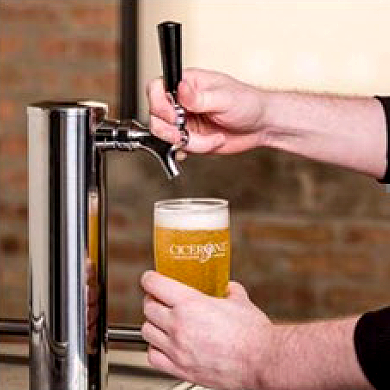
How to Pour a Perfect Draft Beer
- TILT – Hold down the clean beer glass (or cup) at a 45˚ angle.
- OPEN – Fully open the faucet by the base in one fluid motion. Do not let the faucet touch the beer.
- STRAIGHTEN – Gradually straighten the glass as you pour. Aim for the center of the glass.
- SERVE – This technique will result in a perfect 1″ foam pour.
Watch the following videos to see how to pour the perfect draft, every time
The Importance of Pouring Beer Correctly
A 1% reduction in draft beer cost of goods for our company yields millions in savings. You sell more beer, make more money and we operate a more optimal beverage program… not to mention serve our guests a higher quality product, which in turn creates a better guest experience.

How to Tap a Keg, Rest the Fob and Troubleshoot Bad Pours
Download the Following PDF and Continue Improving Your Draft Beer Best Practices
Continue to Hospitality and Salesmanship on next page

